"Space Exploration: Is the Investment Justified?
Exploring the Unexpected Ways Space Exploration Touches You
For a complete ad-free experience join our new channel on WhatsApp. Your contact details will not be shown to anyone, including us!
SpaceTechie Snippets
Wan Hu, a 16th-century Chinese official, is famous for an early rocket flight attempt. He strapped himself to a chair with 47 rockets, ignited them, resulting in a colossal explosion, and he vanished forever(!)In our quest to explore space, we've spent about billions of dollars and this amount will keep increasing in the coming years. But that investment has paid off in ways that affect our daily lives too. It's not just about stars and planets; it's about how space exploration has made our lives better right here on Earth.
In this article, we will explore some of the ways in which space exploration has benefitted all of us.
Health and Medicine
LASIK or Laser Eye Surgery
LASIK technology owes its precision to the development of advanced laser technology for space missions. The LADAR technology developed for docking spacecraft at ISS helped in providing the know-how required for the development of LASIK technology.

Artificial Limbs
Lightweight, durable, and shock-absorption materials initially created for space missions have brought significant improvements to the design and functionality of artificial limbs. This innovation has notably enhanced the quality of life for amputees, offering them more comfortable and functional prosthetic limbs.
Space Blankets
Originally developed to reflect infrared radiation, space blankets now serve as essential tools for emergency situations on Earth. These blankets are instrumental in preventing hypothermia by efficiently retaining body heat, ultimately saving lives in critical scenarios.
Baby on Board
Drawing from their expertise in monitoring and maintaining astronauts' health during space missions, NASA has adapted their technology to fetal monitoring systems. This adaptation provides real-time health data on unborn babies, elevating the standard of prenatal care and enhancing the well-being of expectant mothers and their infants.
Surgeries
Space technology-driven advancements in robotics have ushered in the era of precise surgeries. NeuroArm — the world’s first robot capable of performing surgery inside an MRI machine was developed for the space shuttle program for performing heavy lifting and maintenance on ISS.
Further, a lot of technology powering robotic arms at ISS is now being adapted and used for carrying out precise surgeries worldwide, with greater safety and efficiency.
Niox Mino
Portable air quality monitoring devices initially developed for space missions have found application in healthcare. Niox Mino, a device used at health centers for asthma control was developed in collaboration with ESA where it was used for monitoring levels of nitric oxide.
Breast Cancer Detection
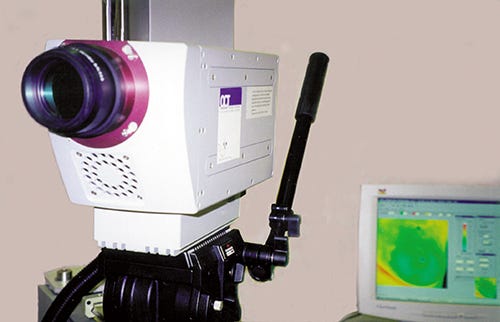
NASA and Scientific Imaging Technologies Inc. developed Charged Coupled Devices (CCDs) for the Hubble Space Telescope which has been adapted to medical imaging, and detection of breast cancer. Further, the technology behind Canadian space robots was used to create IGAR, a tele-operated medical robot capable of performing very precise biopsies to detect breast cancer.
Heart Pumps
Leveraging their expertise in fluid dynamics modeling for rocket engines, space engineers have made remarkable strides in heart pump design. High-precision heart pumps, known as ventricular assist devices (VADs), play a vital role in extending the lives of patients awaiting heart transplants, significantly enhancing their quality of life.
Pressure Garments
Using g-suit technology, non-inflatable pressure garments help in stopping bleeding after childbirth for women suffering from postpartum hemorrhage. This affordable solution is saving lives all around the world.
Public Safety
Firefighting Equipment
NASA's research into fire-resistant materials and technology has significantly influenced the development of firefighting equipment. This includes the creation of flame-resistant clothing and heat-resistant materials, improving the safety and effectiveness of firefighters in high-risk situations.
Taylor Devices - Shock Absorber
NASA's expertise in shock and vibration control, developed through space missions, has been applied by Taylor Devices to create shock absorbers that enhance public safety. These devices mitigate the impact of earthquakes and sudden shocks on buildings and infrastructure, reducing structural damage and improving resilience.
Apollo Heat Shield Coating for Aircraft
Originally designed to protect spacecraft during reentry, the heat shield coating developed for the Apollo program has been adapted for aircraft. This coating enhances fire resistance and thermal protection, contributing to improved safety in aviation.
Demining Device Flare
Unused rocket fuel, solidified after space missions, now serves as a crucial ingredient in demining device flares used to neutralize landmines. This technology makes mine clearance operations safer and more efficient, ultimately protecting lives in post-conflict regions.
Video Analyst System (VAS)
NASA's Video Image Stabilization and Registration (VISAR) technology has been instrumental in the development of the Video Analyst System (VAS) by Intergraph Government Solutions. This system aids law enforcement agencies like the FBI in analyzing video footage for public safety and security purposes, enhancing situational awareness and improving safety outcomes.
Lifestyle
Sunglasses
Scientists at NASA's Jet Propulsion Laboratory (JPL) initially focused on creating eye-protection devices for industrial welding. Through their research, they developed an efficient curtain to shield against welding hazards. This technology later found a new purpose in the creation of high-quality sunglasses.
Shoes (AVIA)
Al Gross, an engineer with experience at the International Latex Corporation (ILC) during NASA's Apollo program, harnessed his NASA expertise to revolutionize athletic footwear. This transformation led to the birth of AVIA, where Gross's insights enabled the development of sports-specific shoe designs. Additionally, his innovations paved the way for the creation of durable, foamless midsoles.
Air Scrubbers
Researchers at the Wisconsin Center for Space Automation and Robotics embarked on a mission to address ethylene accumulation around plants in spacecraft. Their quest led to a remarkable solution—light-induced oxidation. This breakthrough birthed air scrubbers capable of eradicating airborne organic compounds, neutralizing harmful bacteria, viruses, and molds. Now, this technology has been embraced by numerous major league baseball teams, enhancing air quality within their facilities.
Environmental benefits
Solar Cells
NASA's collaboration with the SunPower Corporation led to the development of single-crystal silicon solar cells, which are remarkably efficient, providing up to 50% more power than conventional cells. This advancement not only enhances energy production from sunlight but also significantly reduces the carbon footprint of electricity generation.
Water Cleaning
NASA's Jet Propulsion Laboratory (JPL) introduced the Petroleum Remediation Product (PRP), a biodegradable wax-based hydrocarbon adsorbent. Originally designed to combat petroleum-based pollutants, especially during oil spills, PRP has become a powerful tool for cleaning and restoring polluted water ecosystems and minimizing environmental damage.
Farming with Self-Driving Tractors
NASA's precise GPS-based Real-time GIPSY (RTG) technology has revolutionized agriculture. Today, almost 70% of North American farmland is cultivated by self-driving tractors. These autonomous machines optimize land and resource usage, enhancing farming efficiency, promoting sustainable agriculture, and reducing the environmental impact of traditional farming practices.
Detecting Water Sources
Satellite technology, originally developed for space exploration, played an unexpected role in addressing environmental and humanitarian concerns. The WATEX system, inspired by satellite technology, emerged during the 2004 War in Darfur. It successfully located water sources, improving access to safe drinking water in conflict-affected regions, thereby mitigating critical environmental and humanitarian issues.
Automobile Industry
Certainly, here are brief explanations of how space exploration technology has influenced the automobile industry:
Comfortable Seat Design
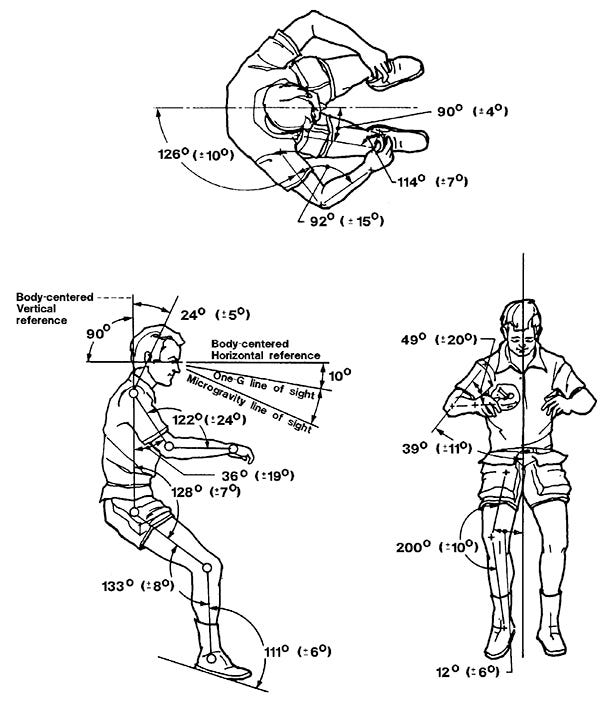
NASA's expertise in ergonomics for astronaut seating has transcended space missions to benefit automotive design. Comfortable seat designs in cars have been greatly improved, enhancing driver and passenger comfort during extended journeys. This not only reduces fatigue but also promotes safety by ensuring that drivers remain focused and alert on the road.
Improved Tire Sensors
Technology originally developed for lunar rovers has found its place in automobiles, significantly enhancing safety and fuel efficiency. Real-time tire pressure monitoring, stemming from space research, prevents blowouts and optimizes tire performance, thereby reducing the risk of accidents and improving vehicle fuel economy.
Improved Lubricants
Space research into friction and lubrication has yielded advanced lubricants that have far-reaching benefits in the automotive industry. These lubricants reduce engine wear and friction, leading to improved fuel efficiency and the extended lifespan of automotive engines. This advancement contributes to both economic and environmental sustainability.
Improved Protective Gears
NASA's materials research for astronaut suits has translated into the development of safer and more comfortable protective gear for motorcyclists and motorsports athletes. These innovations help reduce injury risks and enhance overall safety in high-risk activities.
Self-Driving Cars
Space technology contributions to autonomous navigation have spurred advancements in self-driving cars. These technologies hold the promise of safer and more efficient transportation systems, with reduced accidents and alleviated traffic congestion, ultimately revolutionizing the automotive industry.
De-Icing Aircraft
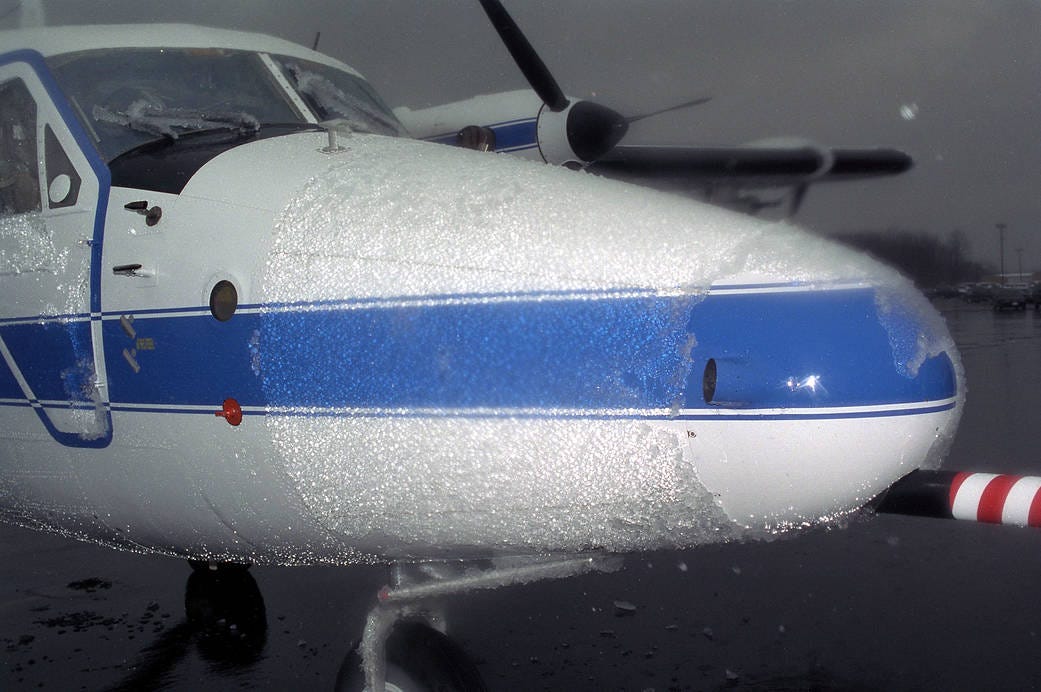
The anti-icing materials research initially conducted for space missions has been adapted for aircraft. This adaptation enables the prevention of ice buildup on aircraft surfaces, ensuring safe flight even in icy conditions. It represents a crucial safety enhancement for aviation.
Improved Radial Tires
Materials research originally intended for space missions has led to the development of enhanced radial tires. These tires offer superior durability and performance through the use of advanced materials, resulting in better traction, improved fuel efficiency, and extended tire lifespan for vehicles.
Highway Grooving
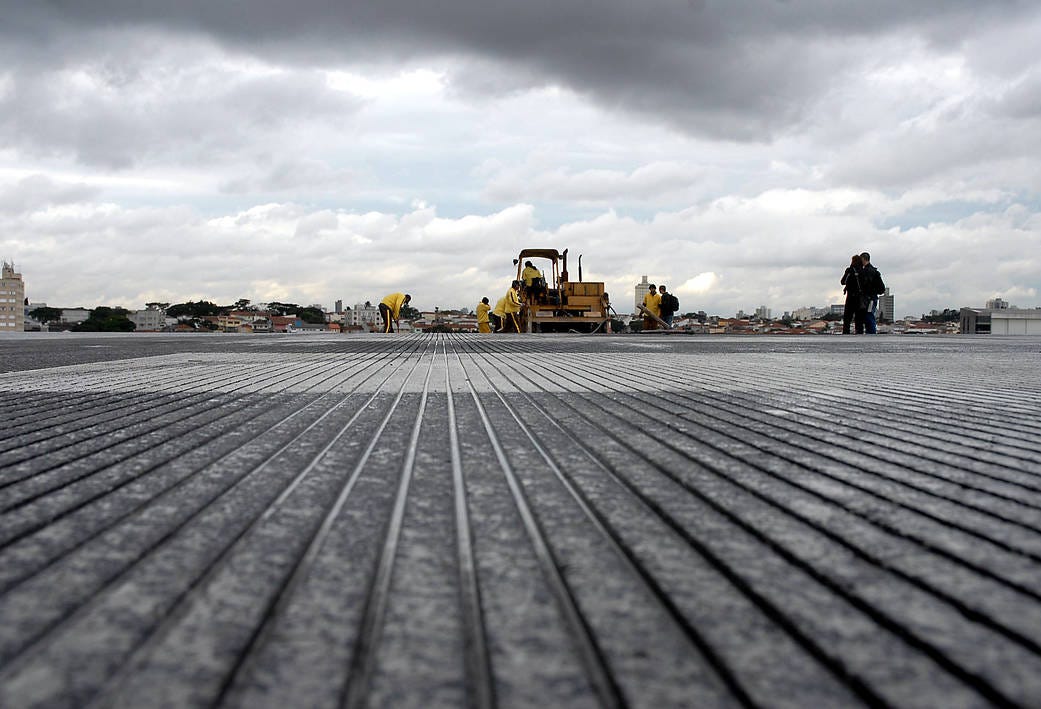
Techniques honed for lunar surface preparation have translated into safer road infrastructure on Earth. Highway grooving enhances traction and drainage, particularly in wet conditions, significantly reducing the risk of accidents. These innovations contribute to road safety and accident prevention, especially in challenging weather conditions.
The transfer of space-related technologies into the automobile industry has led to safer, more efficient, and more comfortable vehicles for consumers.
Industrial Productivity
Gold Plating of Oscars
NASA's expertise in surface coatings and materials for spacecraft has extended its impact to the entertainment industry. The high-quality gold plating techniques originally developed for spacecraft have been skillfully adapted for the production of iconic gold-plated Oscar statues, enhancing the prestige and allure of the Academy Awards.

Food Safety - HACCP Concept
NASA's commitment to food safety for astronauts has led to a remarkable spin-off benefit in the form of the Hazard Analysis and Critical Control Points (HACCP) concept. Pillsbury developed this concept, which has since been adopted by the US FDA for ensuring the safety of seafood, juice, and dairy products. HACCP reduces the risk of foodborne illnesses, making these industries safer for consumers.
Freeze Drying
A collaborative effort between NASA and Nestle has given rise to the widely adopted technique of freeze-drying. Initially developed for space missions to preserve food, this method has revolutionized the food industry. It enables long-term storage of various foods while preserving their quality and nutritional value. By reducing food waste and enhancing preservation, freeze-drying significantly improves industrial productivity, benefiting both manufacturers and consumers.
Future benefits
Future space exploration offers the potential to address critical global challenges, including growing food in harsh conditions, extending medical assistance to remote areas, advancing vaccine and drug development, and deepening our understanding of conditions like osteoporosis. These advancements hold the promise of improving agriculture, healthcare access, and medical treatments worldwide.




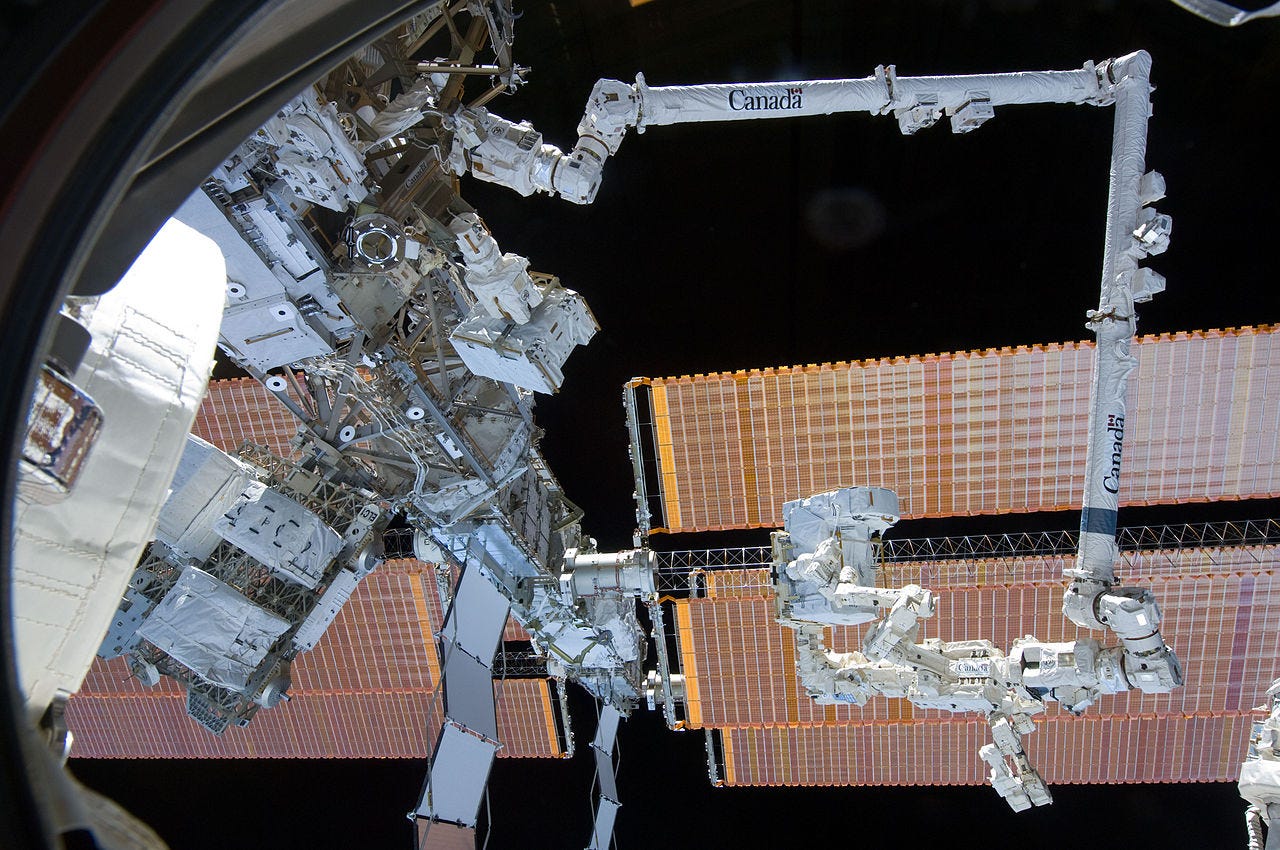
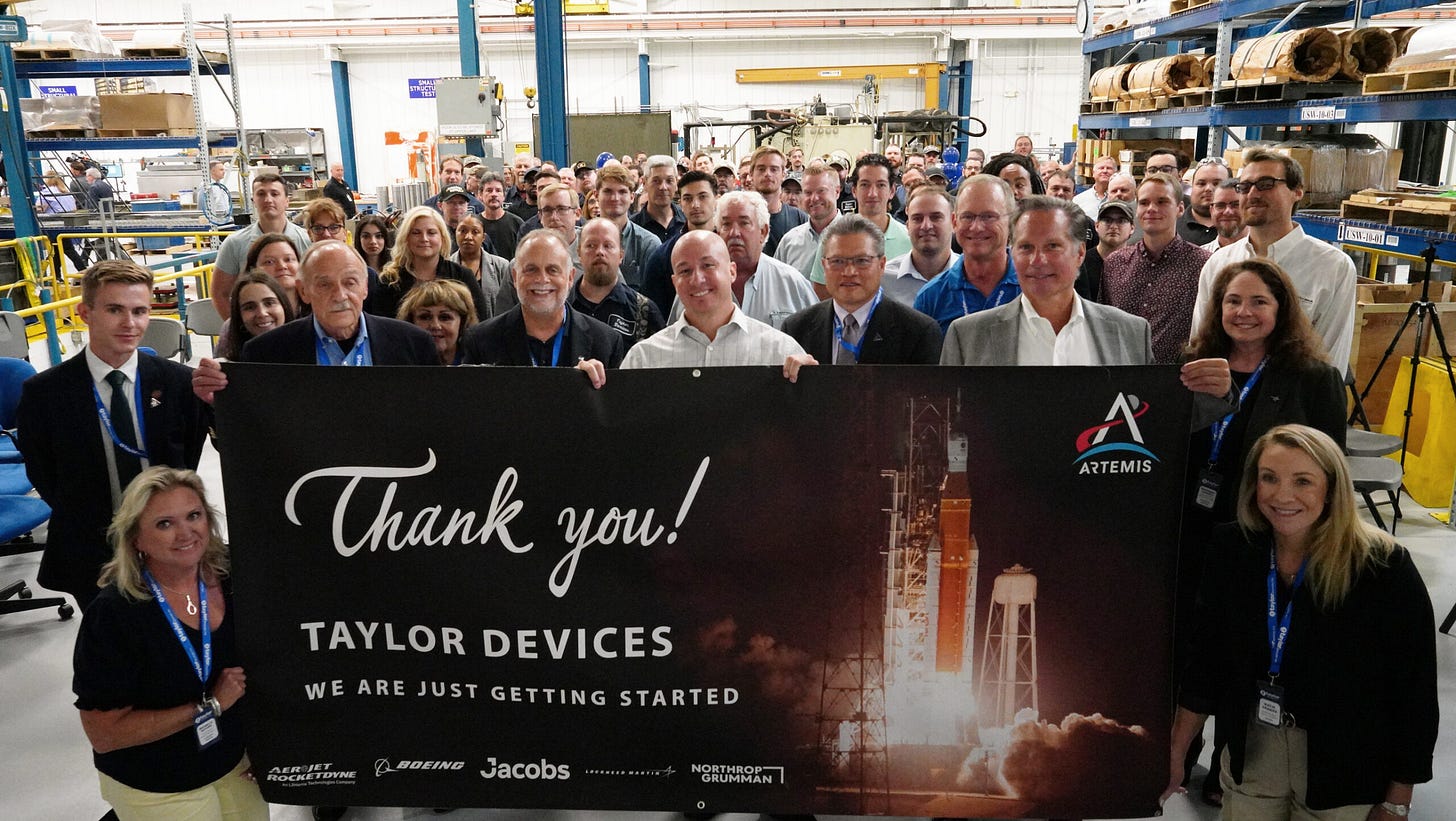
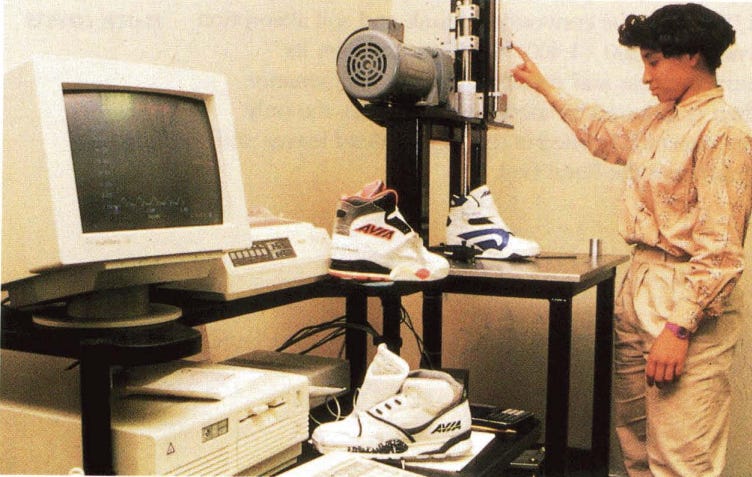
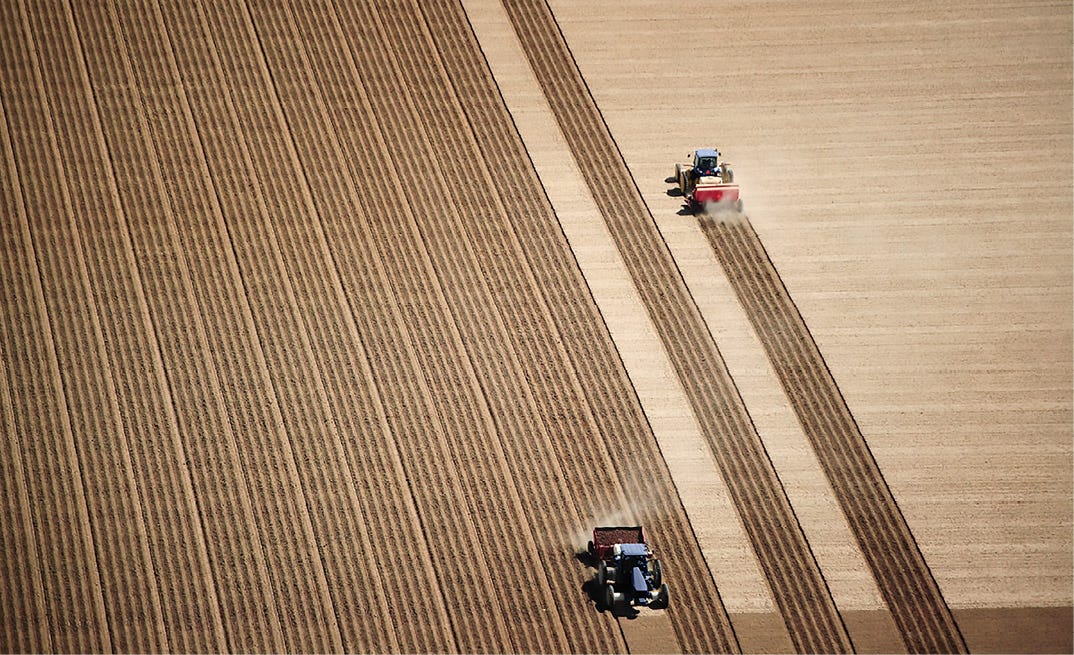
It is little known and little appreciated that so much invention in the space industry translated to innovation across many industries of society. Great write up.,